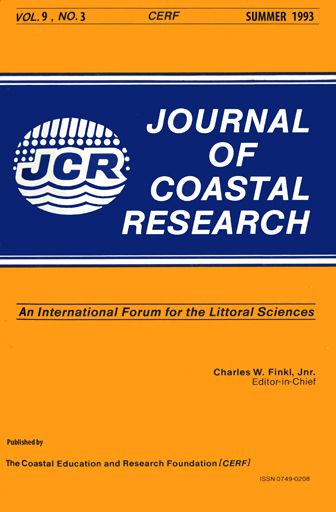Beach Material and its Transport in Accordance with the Predominant and Prevailing Wave Directions on Some Shores in Northern Greece
Keywords:
Beach sediments, composition, texture, provenance, sand transport, fetch, predominant waves, prevailing waves, Chalkidiki Peninsula, Thassos, northern GreeceAbstract
Fifty-one profiles across eight beaches on the coasts of the Chalkidiki Peninsula and the island of Thassos in northern Greece were surveyed. Nine sediment samples were collected from each profile, three samples from each environment: the inshore, foreshore and backshore. The directions of seasonal and net littoral drifts were observed on the shores. All the studied beaches are low-carbonate beaches, where the texture and mineral composition of beach sediments display some degree of local variation. On the Chalkidiki beaches sediments consist mainly of coarse sand, being moderately sorted, symmetrical or negatively skewed and slightly leptokurtic. Their mineral compositions are closely related to the nearby exposed parent rocks or bluffs on the shores. Quartz and feldspar consist of approximately 85% of the mineral contents of the beach sands. The sediments of Golden Beach on Thassos are, on the contrary, fine sand, which is almost well-sorted, symmetrical and very leptokurtic. Its texture and mineral content indicate a close relationship to the mineral suite of the old Pleistocene-Holocene sand on the northern Aegean shelf. Quartz, gypsum and high-Mg calcite are the most common minerals in this sand. The direction of net littoral drift on the studied shores is mainly determined by the predominant waves approaching from the direction of the greatest fetch. These same waves also considerably determine the direction of seasonal littoral drift in the swash and surf zones, while the direction of seasonal drift in the beach zone in winter is mostly caused by the prevailing waves and wind.


